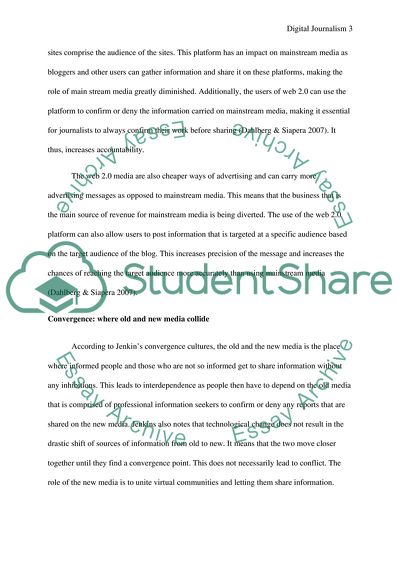Cite this document
(“Digital Journalism Essay Example | Topics and Well Written Essays - 2000 words”, n.d.)
Retrieved from https://studentshare.org/journalism-communication/1632246-digital-journalism
Retrieved from https://studentshare.org/journalism-communication/1632246-digital-journalism
(Digital Journalism Essay Example | Topics and Well Written Essays - 2000 Words)
https://studentshare.org/journalism-communication/1632246-digital-journalism.
https://studentshare.org/journalism-communication/1632246-digital-journalism.
“Digital Journalism Essay Example | Topics and Well Written Essays - 2000 Words”, n.d. https://studentshare.org/journalism-communication/1632246-digital-journalism.


